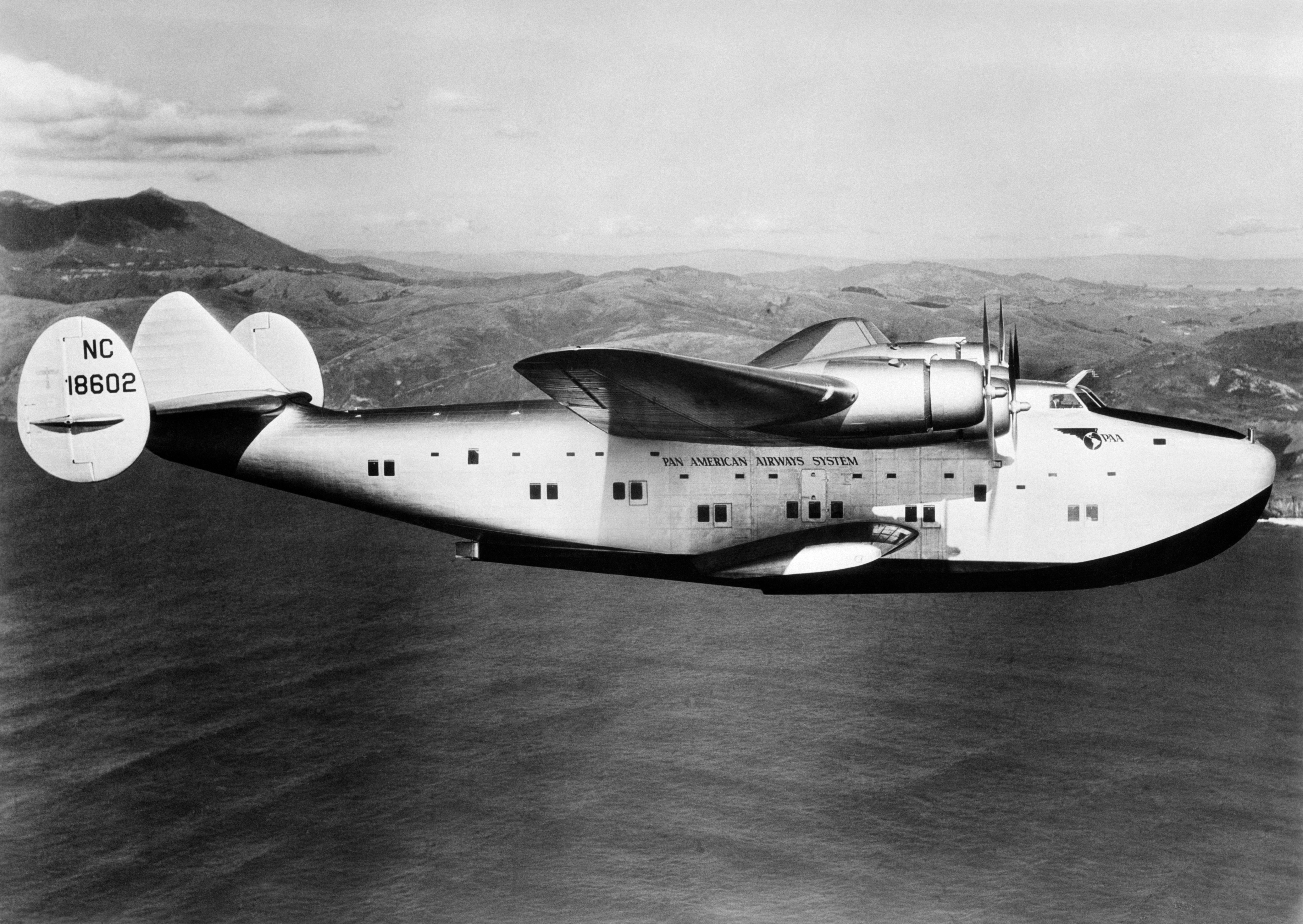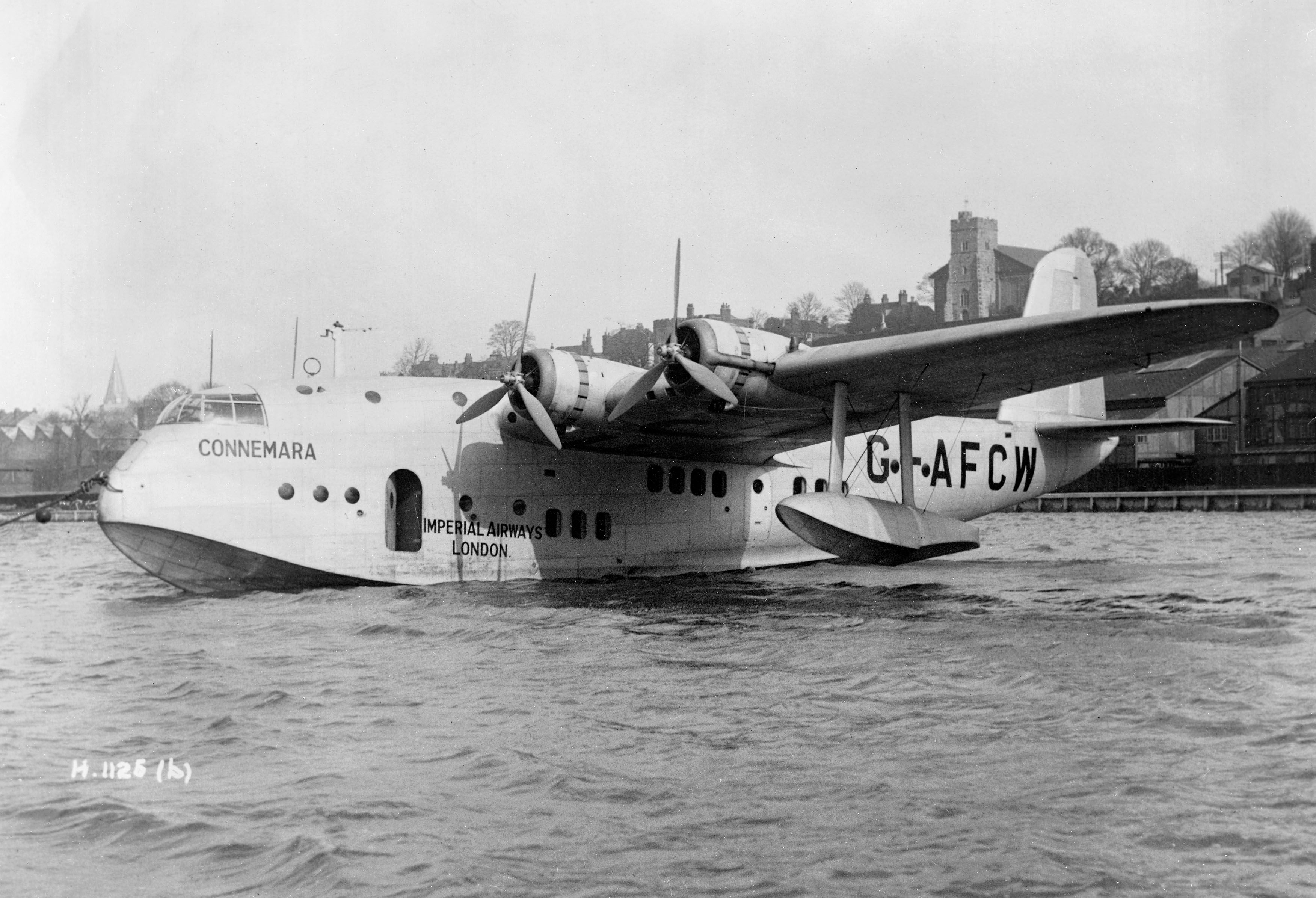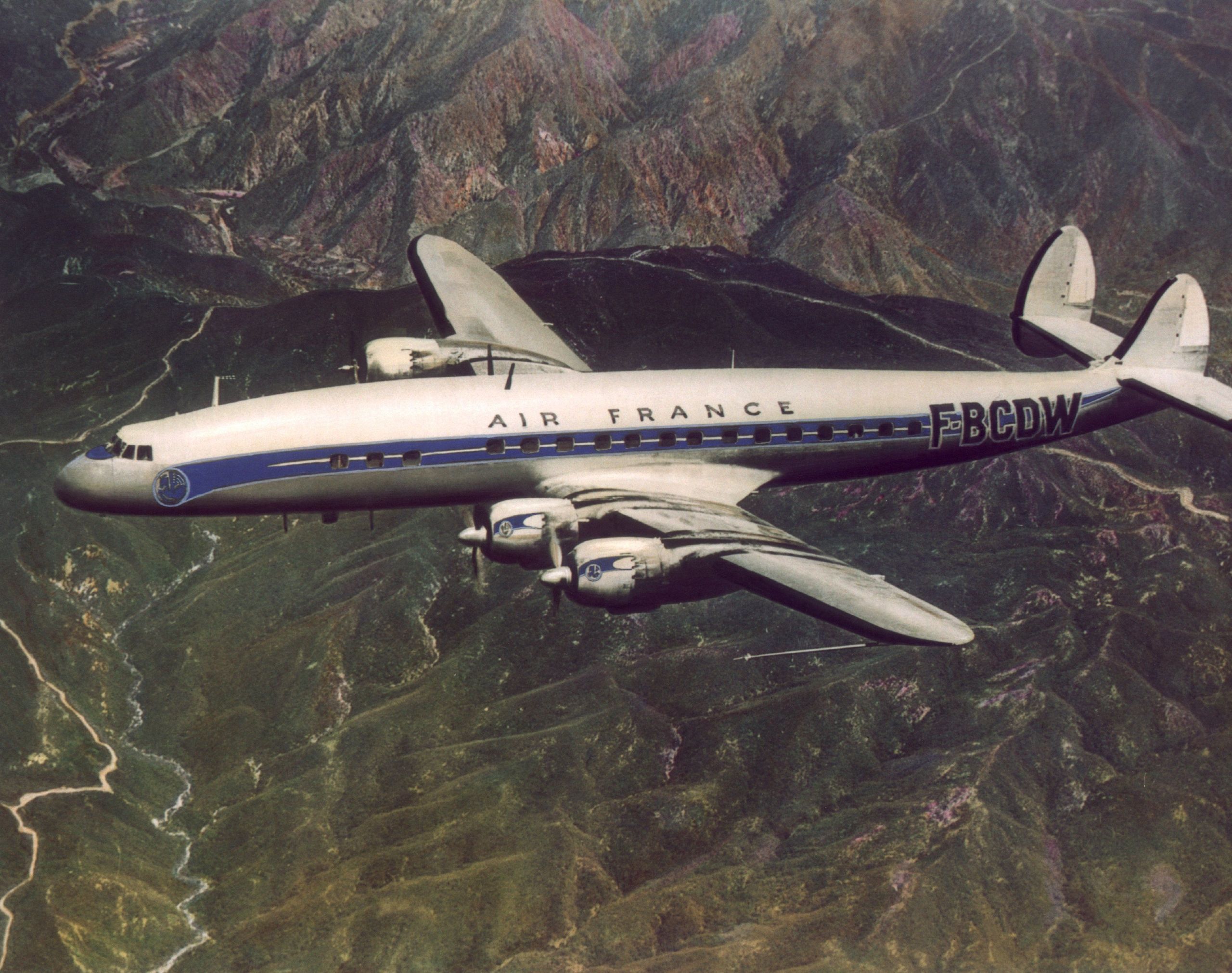Transatlantic flights have been a keen point of imagination for centuries now. It was not until the early 1910s that the idea of flying across the Atlantic was even possible, let alone feasible. However, a few decades later, we had airlines regularly flying across the ocean, now known as the 'pond.'
Starting with short journeys
The first commercial airplane services over the Atlantic were cargo flights offered by Lufthansa in 1934. The German carrier flew airmail from Natal, Brazil, and Bathurst, Gambia, to the Canary Islands, Spain, and finally Stuttgart, Germany. This route lasted until the start of the second world war (WW2). Air France also flew weekly airmail services from South America to Africa and onto Europe from late 1935 onward.
While flights in the South Atlantic were possible with flying boats, the first attempt for passenger flights in the North Atlantic came soon after. Imperial Airways began using the Short Empire flying boat to test flights in 1937, while Pan American did the same using the 'Clippers.'
The first non-stop transatlantic flight was made on 21st July 1938, from Foynes, Ireland, to Boucherville, Canada. Imperial Airways flew a modified Short Mayo Composite, a design that saw an S.21 Maia Short Empire fitted on top of the S.20 Short Empire (Mercury) to provide the added thrust needed to get the Mercury to flying height. The journey took 20 hours and 21 minutes in total.
Discover more aviation news here.
Pan Am Clipper
Perhaps the best-known aircraft of the time making transatlantic flights were Pan Am's 'Clipper' Boeing 314 flying boats. The carrier ordered nine of these massive planes to fly across the North Atlantic regularly. The first flight took off on 24th June 1939, flying from Southampton to New York, with several stops along the way.
However, flights were suspended just two months later during WW2, and the 314s were reused as a transport aircraft by the US military. Post-war, airlines switched to piston-based four-engine aircraft to cross the Atlantic, with TWA, Pan Am, BOAC, and others quickly adding planes like the Lockheed Constellation.
In the next decade, one-stop flights using piston aircraft revolutionized air travel across the North Atlantic. While still expensive and restricted to a lucky few, the idea of flying between Europe and North America was now well-cemented. However, another revolution was just around the corner.
The Jet Age and modern day flights
On 4th October 1958, BOAC flew the world's first non-stop jet flight from London Heathrow to New York using the de Havilland Comet. Pan Am followed the same route in reverse with the Boeing 707 on 26th October. Since then, jet aircraft have made the transatlantic routes a 'hop across the pond,' while dozens of daily flights from cities across North America and Europe. From just an idea that took days to a matter of hours, aviation has reshaped the globe.
What are your thoughts about the history of transatlantic air travel? What do you make of the evolution of flight across the Atlantic Ocean? Let us know what you think in the comment section.



